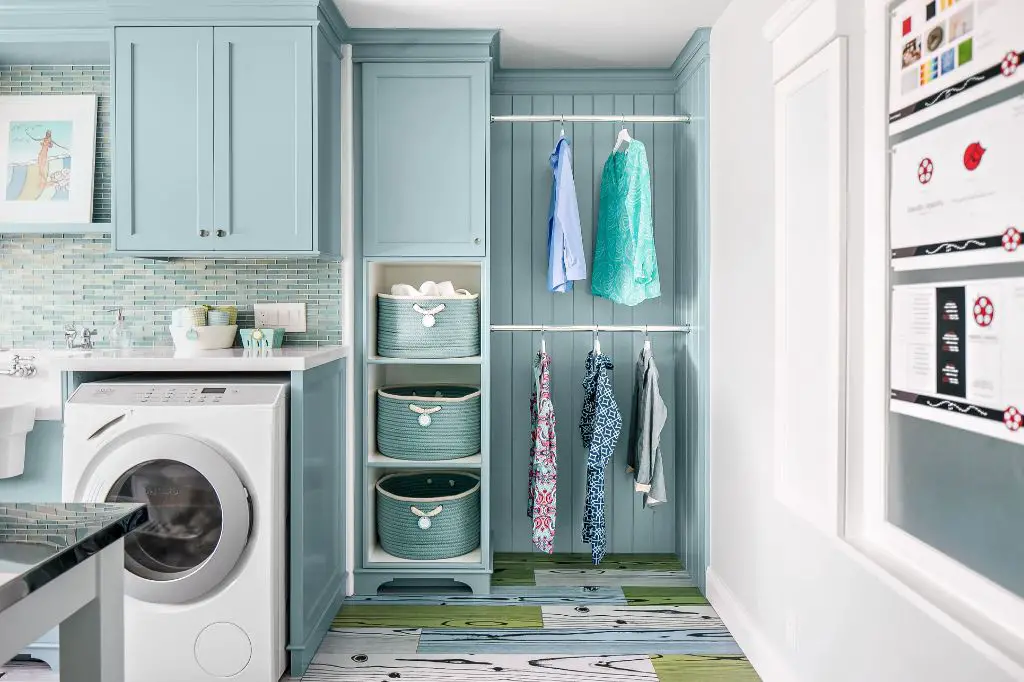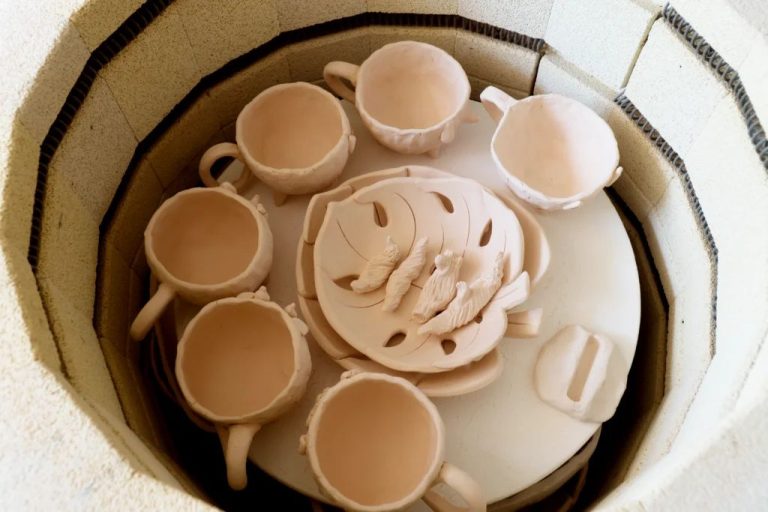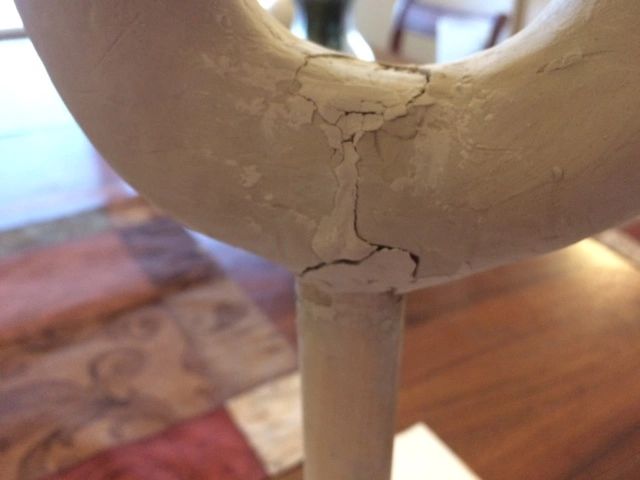Are Drying Cabinets Any Good?
What are drying cabinets?
A drying cabinet is a specialized electrical appliance designed to expedite the drying of items, usually clothing, that are unsuitable for a mechanical tumble dryer (Wikipedia, 2022). Drying cabinets use warm air and ventilation to gently dry garments and gear while minimizing shrinkage and damage.
Drying cabinets consist of an enclosed cabinet unit with racks or rods inside to hold items. A heating element and fan are used to circulate warm air around 40-60°C through the cabinet interior to dry the contents. Many models have humidity sensors and adjustable timers to control the drying process. Some high-end cabinets include dual temperature zones and humidity controls for delicate fabrics. The doors seal tightly to retain heat and moisture.
Key features in drying cabinet design include the insulated cabinet, adjustable thermostat, timer, racks and rods. Air circulation is optimized to efficiently dry the contained garments. Drying cabinets provide an enclosed, stable environment for controlled drying unattended over several hours.
Benefits of using a drying cabinet
Drying cabinets provide a number of benefits compared to traditional clothes drying methods like clothes lines or tumble dryers. Some of the main advantages of using a drying cabinet include:
Faster drying time – Drying cabinets use warm circulating air to quickly and evenly dry clothing and other items. They can dry clothes much faster than air drying which relies solely on natural evaporation.[1]
Energy efficiency – Drying cabinets are designed to efficiently dry clothes using less energy than a conventional tumble dryer. The enclosed cabinet allows the warm air to be contained rather than escaping into the surrounding room.[2]
Convenience – Clothes can be loaded into a drying cabinet and left unattended. This allows you to dry clothes conveniently overnight or while away from home.[3]
Less mold/mildew – The warm dry air inhibits the growth of mold and mildew compared to damp clothes drying slowly on a line or rack.[1]
More sanitary – Drying cabinets provide a self-contained, closed drying environment. This prevents airborne contaminants from settling on drying clothes compared to open air drying methods.
[1] https://www.baysideappliancerepairs.com.au/what-is-a-drying-cabinet-everything-you-need-to-know/
[2] https://www.podab.us/About_PODAB/Why_Invest_in_a_Drying_Cabinet_
[3] https://aqualogic.com.au/blog/benefits-of-drying-cabinets-for-your-business/
Downsides of drying cabinets
While drying cabinets provide convenience and efficiency, they also come with some potential downsides to consider before purchasing. One of the main disadvantages is the higher upfront cost compared to a standard tumble dryer or airer. Drying cabinets are still considered a luxury appliance, hence the reason they come with a higher price tag. Expect to spend anywhere from $500 to over $2000 for a quality drying cabinet, which is a significant investment (https://www.justanswer.com/topics-drying-cabinet/).
There are also some safety concerns with drying cabinets to be aware of. Though rare, there is a slight risk of fire associated with any appliance that generates heat and airflow. It’s important to clean the lint filter regularly, not overload the cabinet, and keep flammable items away from the vent. Using a drying cabinet requires supervision just like any other drying method. Additionally, the energy efficiency of a drying cabinet is lower than line drying, so it will increase electricity usage more than hanging clothes outside.
While drying cabinets are convenient, the higher upfront cost, potential fire hazard if used improperly, and less efficiency compared to solar drying are factors to weigh when deciding if the investment is worthwhile for your needs.
Types of drying cabinets
There are two main types of drying cabinets to consider – heated vs unheated and vented vs unvented cabinets.
Heated drying cabinets use heating elements and blowers to actively dry clothing and linens. They are faster but use more energy than unheated models. Unheated drying cabinets rely on good airflow and ventilation to passively dry items (Tony’s Appliance).
Vented cabinets exhaust moist air to the outdoors while unvented models recirculate air internally. Vented models require ductwork but are more effective for drying. Unvented cabinets don’t need venting but can increase indoor humidity (Electrolux Professional).
Cabinet size and capacity can range from compact models under 2 cubic feet to larger cabinets over 6 cubic feet. Consider the volume of laundry to dry when selecting an appropriately sized model.
Key features to look for

When shopping for a drying cabinet, there are several key features to consider:
Temperature settings – Many drying cabinets allow you to select the ideal drying temperature based on the items you are drying. Look for a range of low to high temperature settings. According to ASKO, temperatures typically range from room temperature up to 176°F.
Timers – An adjustable timer allows you to set the drying time to suit your needs. Look for timers that go up to several hours. Some models have preset programs for common items like shoes, gloves, or outerwear.
Rack capacity – Consider how much you need to dry at one time. Rack capacity can range from a few items up to commercial units that hold dozens of garments or pairs of shoes. Measure your space to ensure the cabinet will fit.
Energy ratings – Check the energy rating to determine efficiency. Look for energy-efficient models that will keep your utility bills low. ASKO Professional recommends looking for drying cabinets with an A++ energy rating.
Installation and maintenance
Properly installing and maintaining a drying cabinet is key to ensuring it operates efficiently and safely. Drying cabinets require adequate ventilation, usually through vents at the top and bottom of the unit. It’s important to follow the manufacturer’s instructions for required clearances around the vents. Allowing at least a few inches of space above and below the cabinet will enable air circulation.
Many drying cabinets have replaceable filters that should be cleaned or changed periodically according to the manufacturer’s recommendations. This helps prevent dust buildup that can restrict airflow. Replacing clogged filters improves ventilation and drying performance (Climate Chambers).
Condensation management is also part of regular maintenance. Excess moisture inside the cabinet can lead to corrosion and mold growth. Wiping down interior surfaces and ensuring the drain hole is clear prevents water accumulation. Running the empty cabinet for a few hours periodically helps eliminate condensation (Drybox).
Overall, following the manufacturer’s maintenance schedule for filter changes, cleaning, and moisture control will maximize the cabinet’s lifespan and keep it operating safely and efficiently.
Safety tips
When using a drying cabinet, it’s important to follow safety precautions to prevent accidents and injuries. According to Precautions for use of dry cabinet for electronic components storage, you should always follow the manufacturer’s instructions for proper use and care. The manual will provide important details on installation, operation, maintenance, and troubleshooting.
It’s also crucial to keep combustibles and flammable materials away from the drying cabinet, as the heating elements can pose a fire hazard. Make sure there is adequate ventilation around the unit and do not obstruct the airflow. Check for any recalled models and discontinue use of potentially hazardous dryers.
Inspect the power cord for damage before each use and look for signs of overheating during operation. Allow sufficient clearance behind the dryer and clean the lint filter regularly to prevent buildup. With proper precautions, drying cabinets can be used safely for their intended purposes.
Best drying cabinets
Here are some of the top rated drying cabinets across different categories:
Overall best-reviewed
The LG Studio 24” Mirror Clothes Steamer is one of the highest rated drying cabinets overall. It features LG’s TrueSteamTM technology for efficient, even drying and anti-static stainless steel drums. Reviewers praise its performance, speed, and sleek mirrored design.
Best compact drying cabinet
For small spaces, the top choice is the Samsung 24″ 1.6 cu ft Compact Electric Drying Cabinet. Despite its small footprint, it can hold up to 11 pounds of laundry and has multiple drying modes. Customers love how it maximizes space while providing powerful drying.
Best high-capacity model
The LG 24” Mega Capacity Drying Cabinet is a top pick for large households. With 3.2 cubic feet of space, it can accommodate loads up to 22 pounds. Reviewers say clothes come out crisp and ready to wear in under an hour.
Most budget-friendly option
For a more affordable drying cabinet, the Frigidaire 24″ 1.5 cu ft Compact Electric Drying Cabinet is highly rated. Despite the lower price point, it still offers features like a moisture sensor, variable temperature control, and adjustable racks.
Cost of drying cabinets
When shopping for a drying cabinet, the purchase price is important to consider but it’s not the only cost. Operating costs and efficiency should also factor into your buying decision.
Basic drying cabinets start around $300 while high-end models with more features can cost $2,000 or more. The annual operating cost can range from $30 to $90 depending on model efficiency, energy usage, and your local utility rates (Myers Appliance). Generally, drying cabinets are more expensive to operate than line drying clothes and less expensive than a traditional clothes dryer.
For example, LG estimates their electronic drying cabinets with steam cost about $40 per year to run which is 40-60% less than an electric dryer. However, hanging clothes on a rack or clothesline has minimal operating cost other than your time. Consider both the upfront purchase price along with ongoing energy costs when deciding between products.
Alternatives to consider
There are a few alternatives to drying cabinets that you may want to consider:
Line drying
Line drying clothes is a classic low-tech solution. All you need is a clothesline outside or a drying rack indoors. Line drying avoids the energy use of a drying cabinet and is gentle on clothes. However, it can be weather-dependent if drying outdoors and takes up space inside. You’ll also need to allow more time for line drying versus a cabinet.
According to the GreenBuildingAdvisor, clotheslines are one of the top alternatives to clothes dryers and drying cabinets.
Vented dryers
Vented dryers rapidly dry clothes by exhausting hot, moist air outside. They avoid the condenser and heat buildup issues of drying cabinets. However, vented dryers use more energy than cabinets and you’ll need access to an exterior vent. This makes them difficult to add to an existing laundry space.
Dehumidifiers
Using a dehumidifier in a laundry room, closet, or cupboard can lower humidity and help clothing dry faster. Portable dehumidifiers are an affordable option without remodeling. However, they do use energy continuously. Make sure your space is large enough so the dehumidifier doesn’t overheat.





